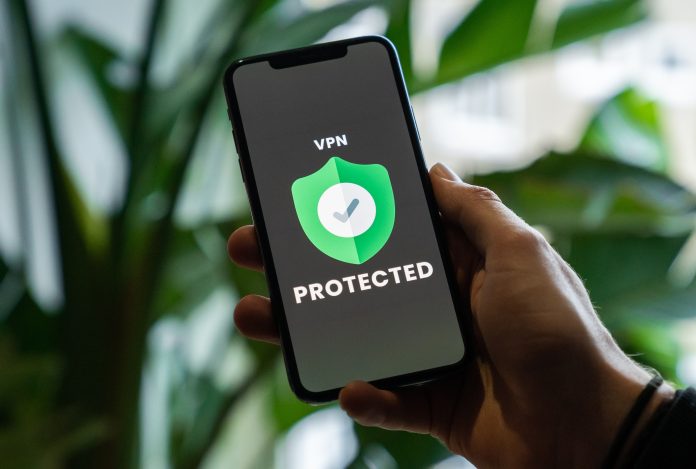All small businesses, irrespective of industry, must be vigilant about the risks posed by cybersecurity threats. Cybercriminals are constantly modifying their techniques, making it crucial to have a cybersecurity plan, particularly with the rise of COVID-19-related cyber threats to companies. The increase in employees working from home has exposed vulnerabilities in many company infrastructures.
Contrary to popular belief, cybercriminals are not solely interested in targeting larger companies. In fact, approximately 70% of small businesses face cyberattacks, and their survival is at stake without a cybersecurity plan. Within six months, 60% of small businesses that experience a data breach or cyberattack end up closing. The information here can improve security for small businesses, and may even save the business.
Main Types of Threats
Malware
Cyber attackers commonly employ malware to execute unauthorized actions on the victim’s system. Malware encompasses various forms of cyberattacks, including viruses, phishing, and other similar malicious activities.
- There are three primary types of malware:
- Trojan Horse: Malware concealed within an app, such as a file sent via email.
- Malicious code: A type of malware that can impact various files, programs, and operating systems.
- Worm: Malware that affects an entire system or related programs.
Phishing and Smishing Attacks
Cybercriminals have expanded phishing attacks to the mobile platform, employing text messages (smishing) and other messaging apps to deceive users into disclosing sensitive information. They masquerade as trusted organizations, dispatch counterfeit alerts, or entice users to malicious websites. To reduce the risks, users should exercise caution while clicking on links in text messages, authenticate message sources and sender identities, and activate security features like SMS filtering.
Password Hacking
You might already know that “123456” and “password” rank among the most frequently used passwords, and it’s best to avoid them. However, it’s surprising to find that 59% of people rely on a single password for all their accounts. Password theft remains an ongoing issue, underscoring the significance of making wise password choices to safeguard your accounts. Cybercriminals employ high-speed programs to quickly test passwords. These programs yield greater success rates when victims employ commonly used passwords or reveal personal information like their birthdays or pet’s name.
Best Security Practices
#1 Create Secure Authentication
Requiring employees to create strong, unique passwords is an effective and easy way to enhance cybersecurity. Employees should use different passwords for each of their accounts, with at least 10 characters, including one uppercase letter, one lowercase letter, one number, and one special character. Additionally, implementing multifactor authentication (MFA) ensures heightened security by requiring users to verify their identity through multiple methods when accessing an account. Unlike traditional single-factor authentication like passwords, MFA significantly enhances security. Thus, your organization should mandate MFA to access any company data.
#2 Encrypt Your Traffic and Become Anonymous
How to make your phone impossible to track? Disable all available tracking methods. When it comes to anonymity, VPNs have no equal. Typically, data is transmitted in clear text and if it is intercepted, the attacker will see absolutely everything. You can protect yourself from surveillance and protect your data from interception using a VPN. More precisely, it is possible to intercept them, but to decipher them at the current level of technology development is almost impossible. A good solution for stopping phone tracking is VeePN, as it has AES-256 encryption, protection against IP and DNS leaks, and a no-log policy. This way you can keep your data safe and avoid any surveillance methods.
#3 Create Cybersecurity Policies
Sit down and craft clear, practical cybersecurity policies as the first step. If you haven’t already, do this promptly. Document your protocols, create training for new employees, and contemplate joining a security training program as an organization.
If you require assistance, bring in a security consultant without hesitation. You can never be too cautious, and at times, external input is crucial when you’re uncertain where to commence. For additional security best practices, visit the Small Business Administration’s portal on cyber security.
#4 Employee Education
Educate your employees on security best practices as a fundamental step. While many might be well-intentioned, they often lack awareness of potential online security risks. Begin with educating them about secure file storage, password setting, and your company policies. You can require that when connecting to production servers from an iPhone, they use a VPN for iOS and this is normal practice. It is also necessary to conduct training and teach how to combat Internet fraud and hackers. Additionally, actively notify employees about any security breaches that may impact them.
#5 Make Backup
Regularly back up all computers’ data, including word processing documents, electronic spreadsheets, databases, financial files, human resources files, and accounts receivable/payable files. If possible, automate data backup or perform it at least once a week, storing the copies either offsite or in the cloud.
Conclusion
Even small businesses must have a cybersecurity strategy, otherwise it will be difficult to ensure business resilience during a storm. These do not necessarily have to be expensive security measures; solutions such as VPN will not greatly affect the company’s budget, but will significantly increase the cyber resilience of the business. If you keep saying that there are no resources for this, then most likely there is no sufficient understanding of cyber threats and how to protect against them.







